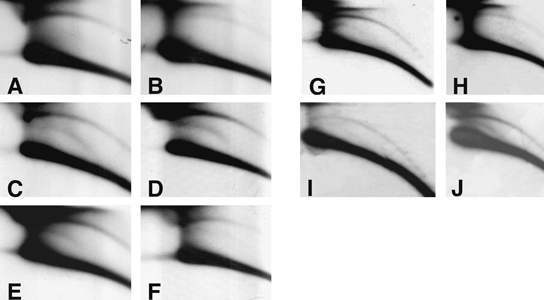
Profile of eccDNA throughout the life cycle of Drosophila. 2D-gel blots of DNA samples from different stages of the Drosophila life cycle were hybridized with a total genomic DNA probe (A—F) or a 5S rDNA probe (G—J). The panels represent 2D-gel blots of (A,I) pre-MBT embryos, (B,H) late embryos, (C,I) first-instar larvae, (D,J) third-instar larvae, (E) young adult flies (1 day old), and (F) old adult flies (33 days old). The hybridization patterns reveal a decrease in the relative amount of eccDNA during embryogenesis (cf. panels A,B and panels G,H), and a gradual return to the initial levels in the larva and young adult stages. A slight decrease is observed in eccDNA levels in old adult flies compared with young adult flies. Credit: genome.cshlp.org
Scientists from the University of Virginia and University of North Carolina have discovered a previously unidentified type of circular DNA molecule occurring outside the chromosomes in mouse and human cells. The findings were published in the journal Science.
The extra-chromosomal circular DNA (eccDNA) is 200-400 base pairs in length and consists of non-repeating sequences and has been dubbed microDNA. Unlike other forms of eccDNA, in microDNA the sequences are non-repetitive and are usually associated with particular genes. This might indicate that they are produced by micro-deletions of small sections of chromosomal DNA.
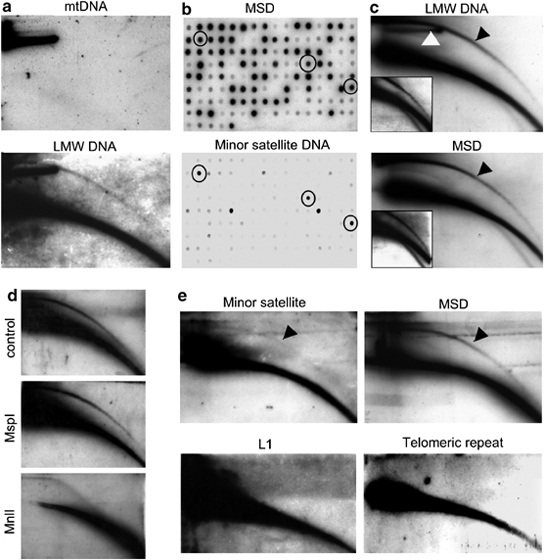
The scientists purified DNA taken from samples of mouse brains to leave only circular DNA pieces. These were then sequenced through ultra-high-throughput sequencing. The circles were identified by a bioinformatics program.
The size of these small circles was about the size of a nucleosome, which was surprising as other forms of eccDNA are larger. The pairs in the circles are rich in the base pair GC with relatively little AT. These findings were repeated on mouse and human tissues.
These results indicate that the DNA found in tissue cells may exhibit more variation than previously thought. This implies that the sequencing of DNA in blood cells may give misleading results if micro-deletions have occurred.
Cancers, autism, and schizophrenia all could cause incorrect functioning of certain genes in brain tissue.
Reference: “Extrachromosomal MicroDNAs and Chromosomal Microdeletions in Normal Tissues” by Yoshiyuki Shibata, Pankaj Kumar, Ryan Layer, Smaranda Willcox, Jeffrey R. Gagan, Jack D. Griffith and Anindya Dutta, 8 March 2012, Science.
DOI: 10.1126/science.1213307


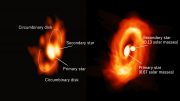
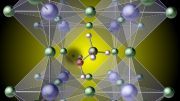
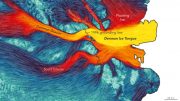

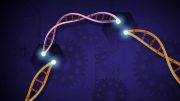


Thank you for so brilliant post. i recently started to play these levels, guys its very smart and amazing game for online playing.